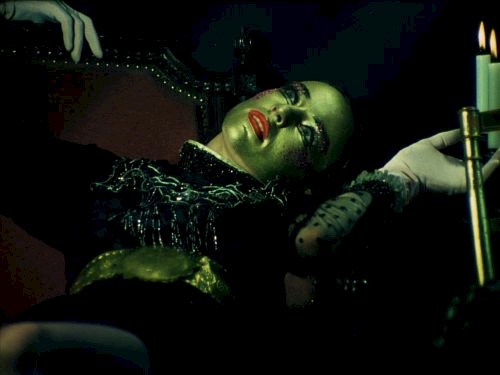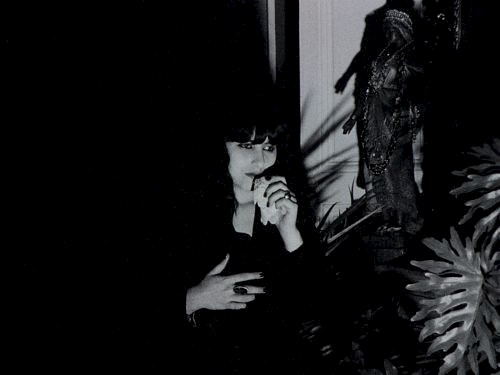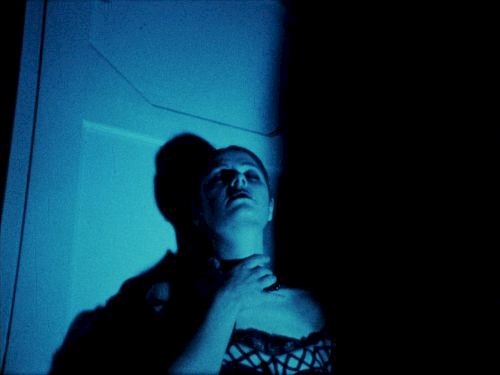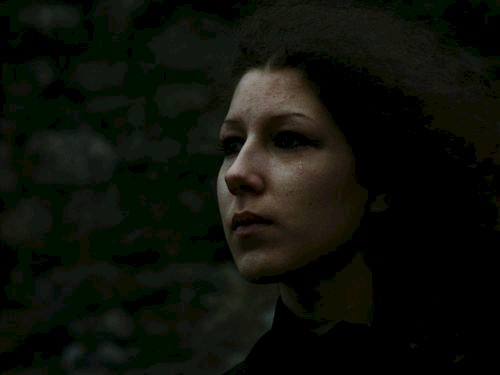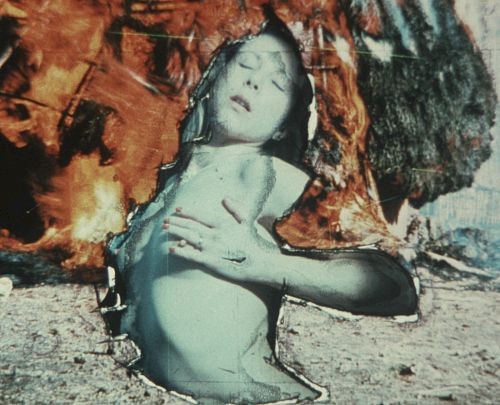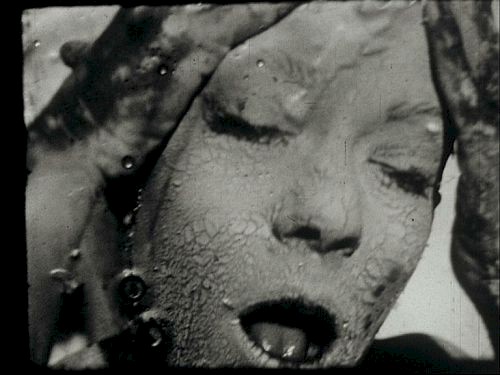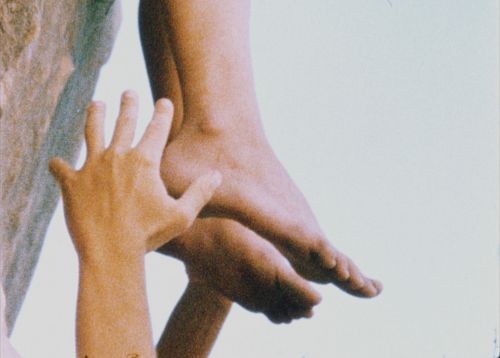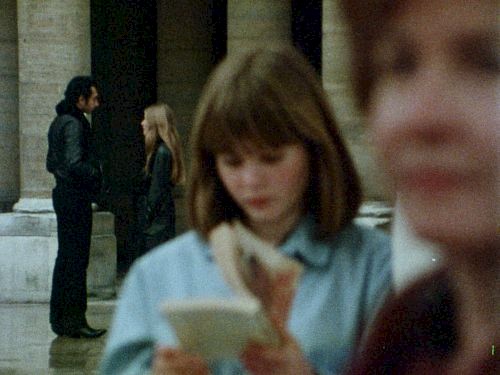Pierre Bressan, born in 1956, died in 2011. Born in Nancy, this filmmaker had a short but intense career. Over the period 1976-1985, he directed one commissioned feature, two medium-length films, six short films, and an extended cinema performance. He is also a film programmer at the FUFU (Festival Universitaire du Film Underground) in Nancy. Like the meetings in Rennes and Toulouse, Cinémarge in La Rochelle, and the Cinéma Différent section of the Hyères film festival, these festivals remind us that experimentation was also, and above all, happening outside the capital.
A very quiet personality and a dark dandy, Pierre Bressan builds, throughout his films, an extremely consistent universe, very black, even gothic, where he gives free rein to his taste for stoic, Schroeterian poses, empty and strangely lit rooms, black costumes, a suspended, underexposed time, and Nancy-esque lights. Although his work is very singular, it could be compared to other films of that time, be it the adaptations of Poe by Roger Corman, the films of the so-called School of the Body, or the cinema of the pose: Philippe Garrel, Yvan Lagrange, Denis Develoux or Patrice Énard.
We wanted our program to be chronological, because Pierre Bressan’s films are well suited to this order: his universe slowly gets populated, perfected, with details emerging. We will screen his films until La Dame aux Camélias, his first truly fictional foray, created after he defended a thesis in literature on Alexandre Dumas (son). He then directed Nuits Blanches, which will not be screened as part of this program, a strange experimental thriller set in Nancy, with yellow tones, whose technical mastery sometimes gives us the illusion of watching the reverse side of a Hollywood film, and which was awarded a joint award in Clermont-Ferrand with the first film of Leos Carax.
After these films, Pierre Bressan still worked in cinema as a director of photography on some short films, including the first film of Laetitia Masson, produced by the GREC, where one can feel Bressan’s touch. He then disappeared: first from Nancy, then from the experimental cinema scene. His films disappeared with him, well wrapped up and dry in a cellar. When he died in 2011, his sister recovered the copies which, in a remarquable way for an experimental filmmaker, were perfectly arranged and annotated.
Why he suddenly stopped making films is difficult to know. There is one hypothesis, however: Pierre Bressan is one of those rare romantic filmmakers for whom filming represents everything, and for whom each shooting is trying because it requires a total investment, close to madness. Unlike filmmakers who film when asked to or because they are given money, he is one of those who only films when their desire is intense and burning. And this fire rarely lasts long: then comes the need to stop, to take a rest, to take the films off the streets, for a while at least. Ten years after his death, it is time to give it a new life.
- Theo Deliyannis
